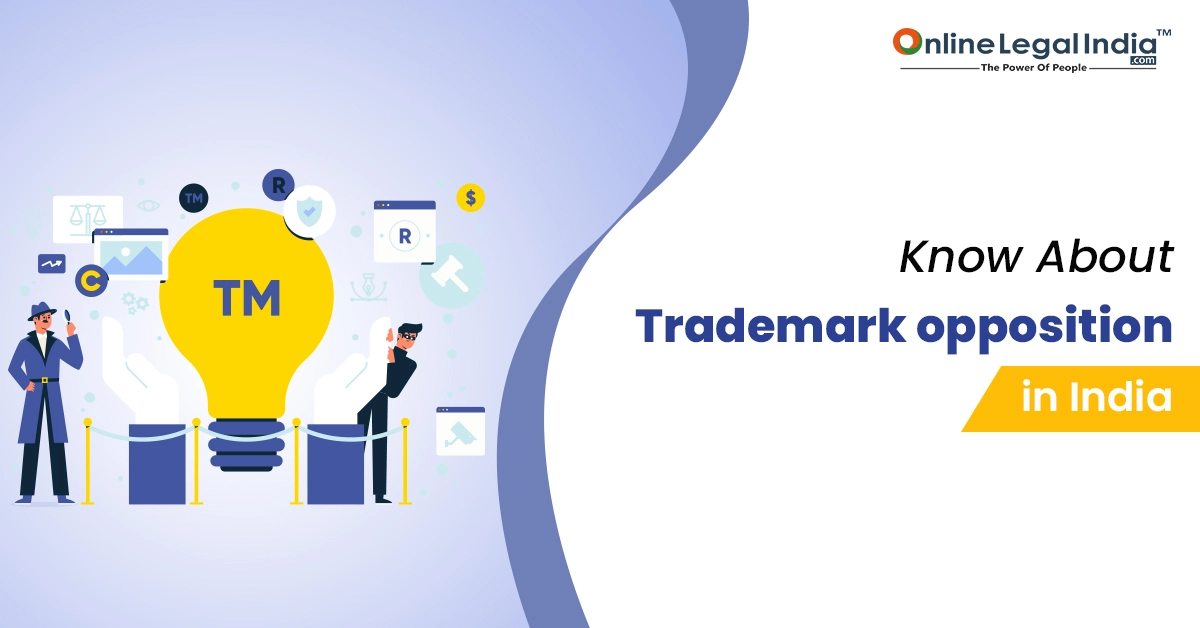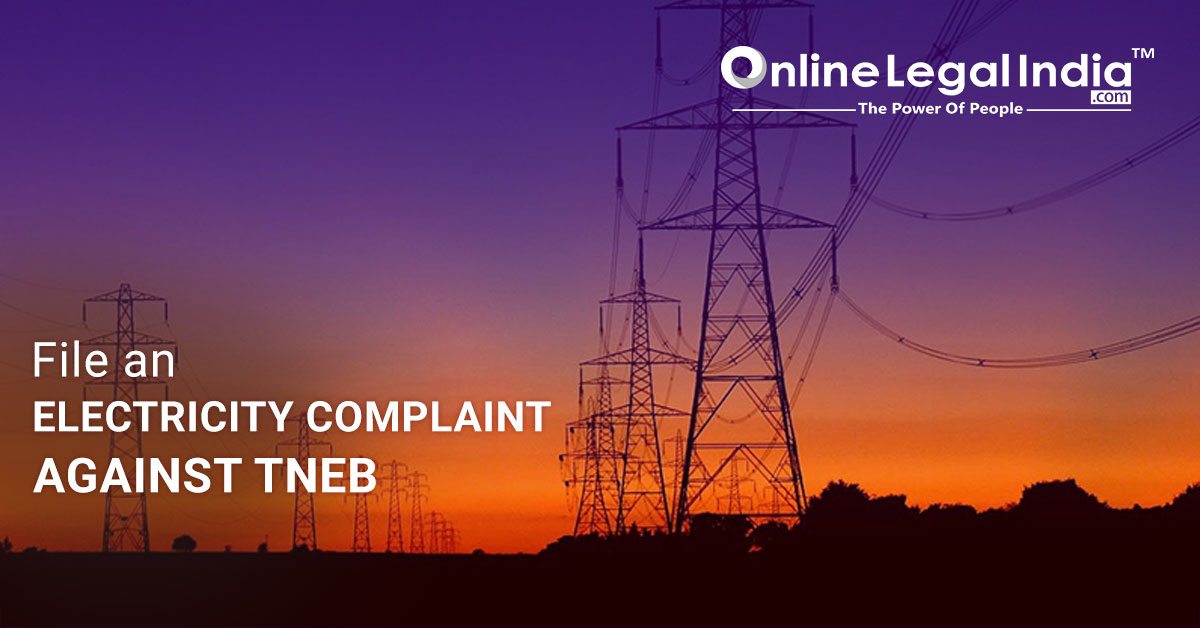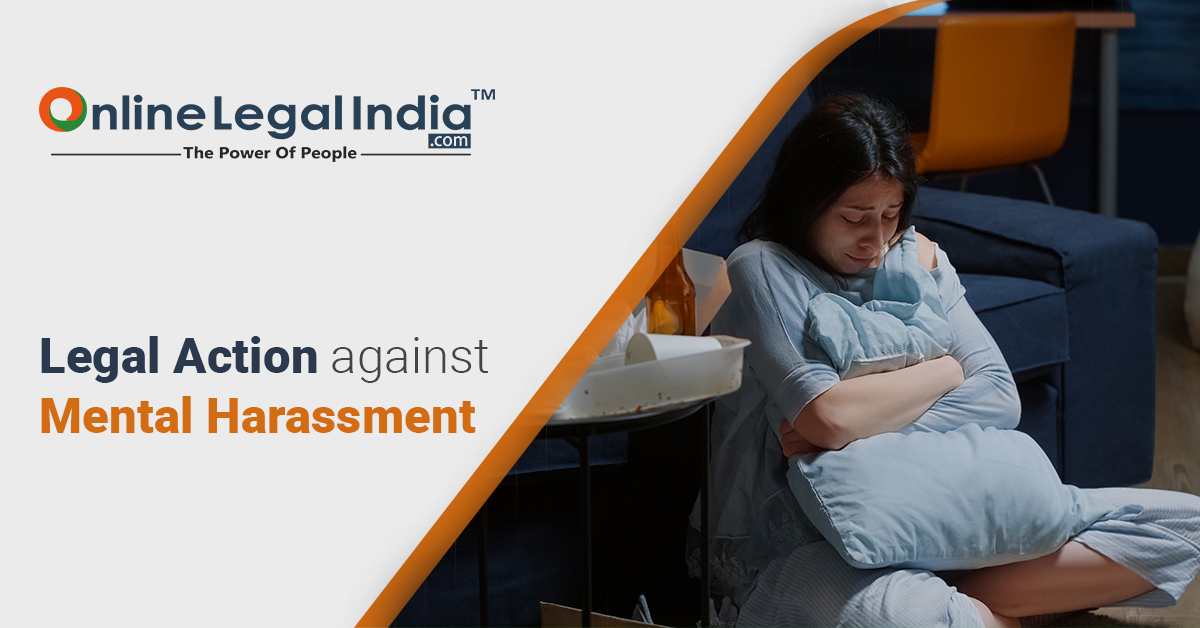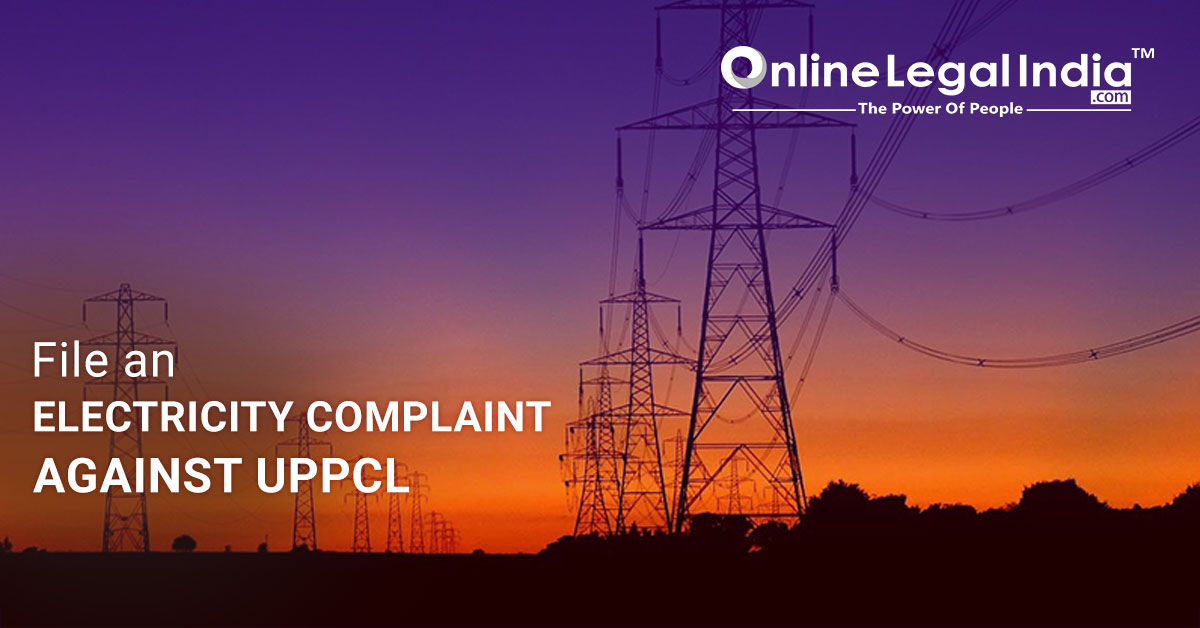How to Register a Brand Name
17 Apr, 2024

 By Online Legal India
Published On 02 Dec 2022
Updated On 06 Jan 2023
Category Trademark
By Online Legal India
Published On 02 Dec 2022
Updated On 06 Jan 2023
Category Trademark
A trademark aids in categorising various products and services by giving the company an identity that makes it stand out in the marketplace. Without security, it would lose its unique feature and be unable to build a name for itself in the marketplace. A third party can utilise trademark opposition to prevent a person or business from registering a mark that is too similar to another or that is already in use. This is done in order to prevent confusion among customers or users about the company from whom they are purchasing goods or services. It also ensures the exclusivity of already registered trademarks or well-known marks, preventing the dilution of their brand value.
There is a constant misunderstanding among the general public concerning the differences between trademark opposition and trademark objection. This article would help to clarify the situation between the two and provide a succinct explanation of trademark opposition.
A trademark must pass numerous phases before it can be registered in order to be registered. The Trademark Examiner from the Registry institutes trademark objection as one of the early phases of refusal. In the majority of situations, an objection can be overruled by competent representation before the registrar.
After the application has been approved by the Trademark Registry, a third party may start a trademark opposition. In the process of registering a trademark, this is a crucial and crucial step. The trademark is finally advertised in the Trademarks journal to invite any third-party opposition after it has satisfied all the initial conditions, including the uniqueness brand's creation and maintenance come with a lot of responsibility and potential financial risk. Therefore, before registration, each application must pass through several tests and inspections to demonstrate its legitimacy and uniqueness.
As a result, the crucial and necessary step in the registration procedure is trademark opposition. It is one of the best ways to safeguard your brand and preserve your trademark. Because of the importance of the restriction period in determining the remedy, The registered proprietors/previous users are expected to exercise caution in protecting their trademarks by starting the proper legal action at the appropriate time,element, and has received registration approval for its registration. The major motivation behind this is to provide the general public with a chance to object to the registration if they think the trademark is confusingly or phonetically similar to other existing marks belonging to their owner.
Regardless of their commercial or personal interests, anyone can submit a Notice of Opposition. It is not necessary for the individual to be the proprietor of an earlier trademark. He may be a consumer, a buyer, or a member of the general public who will probably use the products. When an opposition is filed, the issue of the opponent's credibility is not at issue. People have three months from the day that the TM was published in the Trademark Journal to challenge it; this period may be extended by a maximum of one additional month.
On the following grounds, a trademark application may be opposed:
Through the TM-O form, the trademark opposition is submitted. The person who submits the concerned
Along with information about the application being opposed, the opposition must submit the necessary documents.
Depending on the basis of the objection, different information and papers are needed. Let's examine the opposition's position and any supporting information.
If the objection is based on a trademark that has already been registered, the opponent must provide information about that trademark, including its status, application number, and priority date.
Any document that can serve as evidence of a previously existing well-known mark or a mark with a reputation in the market should be disclosed if the opposition is based on such a mark or marks, and it should also identify the nation or countries where the earlier mark is considered to be well-known. An alternative is to show documentation proving the mark has been registered or requested.
In cases when the opposition is submitted by a licensee who is not a registered user, the licensee's name, address, and a statement that he has permission to submit the opposition may be provided.
The name of the opposing party and his address for service in India are necessary when the opposing party is a foreigner without a place of business in India.
A brand's creation and maintenance come with a lot of responsibility and potential financial risk. Therefore, before registration, each application must pass through several tests and inspections to demonstrate its legitimacy and uniqueness.
As a result, the crucial and necessary step in the registration procedure is trademark opposition. It is one of the best ways to safeguard your brand and preserve your trademark. Because of the importance of the restriction period in determining the remedy, The registered proprietors/previous users are expected to exercise caution in protecting their trademarks by starting the proper legal action at the appropriate time.

How to Register a Brand Name
17 Apr, 2024

How Can You Download FSSAI Certificate?
15 Apr, 2024

Copyright a Business Name Know the Procedure
13 Apr, 2024

Top 10 Law Firms in India
11 Apr, 2024

Top 7 Advantages of Trademark Registration
03 Apr, 2024

Consumer Complaint against Tamil Nadu Electricity Board TNEB
30 Nov, 2020

How to Take Legal Action against Mental Harassment in India?
07 Nov, 2020

UPPCL Uttar Pradesh Power Corporation Ltd. Complaint Filing
19 Nov, 2020

How to File a Complaint Online in Consumer Court in India
27 Nov, 2020

Online Complaint Filing against Hero Motocorp
04 Dec, 2020